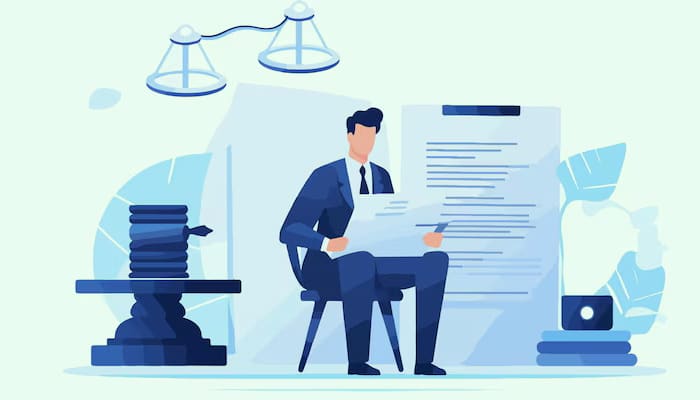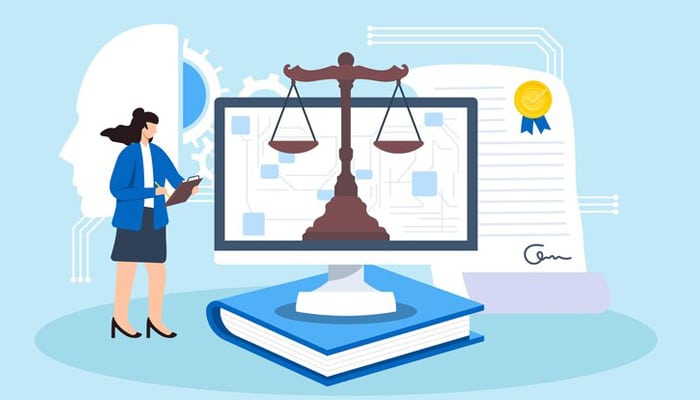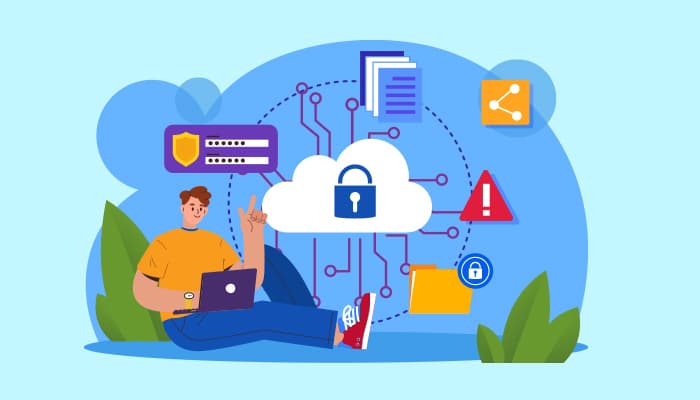Introduction
Accurate transcription is crucial across various industries and fields for several reasons. Firstly, it ensures that the intended message or content is preserved faithfully, especially in contexts where information is legally or professionally significant, such as court proceedings, medical records, or academic research. Additionally, transcription accuracy facilitates accessibility, allowing individuals with hearing impairments to access audio content and enabling non-native speakers to understand spoken language more easily through written transcripts. Furthermore, precise transcriptions serve as valuable reference materials, aiding in information retrieval, analysis, and future research endeavors. In fields like journalism and media, accurate transcripts are essential for fact-checking and maintaining journalistic integrity. Ultimately, transcription accuracy upholds the credibility and reliability of recorded information, fostering trust among stakeholders and contributing to effective communication and decision-making processes.
Understanding Transcription
Definition of Transcription
Transcription is the process of converting spoken language or audiovisual content into written text. It involves listening to recordings carefully and accurately transcribing the spoken words, including any nuances such as tone, emphasis, and non-verbal cues, into a written format. This written document often serves as a record or reference for various purposes, such as research, legal proceedings, or accessibility for individuals with hearing impairments. Transcription requires a keen ear, attention to detail, and proficiency in language comprehension to capture the content accurately while maintaining readability.
Types of Transcription
There are several types of transcription, each tailored to specific requirements and industries. General transcription involves transcribing everyday conversations, interviews, or dictations and is commonly used in business meetings, focus groups, or podcasts. Medical transcription focuses on converting medical dictations, patient histories, and other healthcare-related recordings into written documents, adhering to strict industry standards and terminology. Legal transcription involves transcribing court proceedings, depositions, or legal dictations accurately, often requiring knowledge of legal terminology and procedures. Additionally, specialized transcriptions such as academic or research transcription, financial transcription, and media transcription cater to specific fields and their unique requirements.
Common Challenges
Transcription presents various challenges, including poor audio quality, accents or dialects that may be unfamiliar to the transcriber, overlapping speech, technical terminology, and background noise. Poor audio quality, with issues like low volume, muffled speech, or background disturbances, can significantly impede the transcription process, requiring extra effort to decipher and accurately transcribe the content. Accents or dialects, particularly in multicultural or international settings, may pose challenges in understanding and accurately transcribing speech. Additionally, overlapping speech or multiple speakers talking simultaneously can make it difficult to distinguish individual voices and accurately transcribe the dialogue. Technical terminology, especially in specialized fields like medicine or law, requires familiarity and expertise to ensure accurate transcription. Finally, background noise from environmental factors or recording conditions can interfere with audio clarity and present challenges in transcription accuracy. Overcoming these challenges often requires patience, expertise, and the use of specialized tools and techniques.
Best Practices for Ensuring Precision
Pre-transcription Preparation
- Clear audio/video quality: Before beginning the transcription process, it is crucial to ensure that the audio or video recordings are of high quality. Clear recordings significantly reduce the chances of misinterpretation or misunderstanding during transcription. Factors such as background noise, muffled speech, or poor recording equipment can hinder the accuracy of transcription. Utilizing high-quality recording devices and minimizing environmental disturbances can greatly enhance transcription precision.
- Familiarity with subject matter: Transcribers should possess a basic understanding of or familiarity with the subject matter of the recordings. Whether it’s technical jargon, industry-specific terminology, or specialized language, having prior knowledge can aid in accurately transcribing content. Familiarity with the subject matter allows transcribers to recognize and interpret words or phrases more accurately, reducing the likelihood of errors or misinterpretations. Additionally, it enables transcribers to maintain context and coherence throughout the transcription process, ensuring the final document accurately reflects the intended message.
During Transcription
- Use of proper tools and software: Employing suitable transcription tools and software can streamline the transcription process and enhance accuracy. Transcription software often includes features such as playback controls, text formatting options, and automatic timestamping, which facilitate efficient transcription. Additionally, speech recognition software can assist transcribers by converting spoken words into text, although human review and correction are still necessary for optimal accuracy.
- Attention to detail: Maintaining a high level of attention to detail is paramount during the transcription process. Transcribers must carefully listen to audio recordings or watch videos, accurately capturing every word, phrase, and nuance. Diligent attention to detail minimizes the risk of omitting or misinterpreting information, resulting in a more precise transcription. Transcribers should also be mindful of context, tone, and speaker identification to ensure the accuracy and clarity of the final document.
Post-transcription Review
- Proofreading and editing: After completing the initial transcription, thorough proofreading and editing are essential steps to ensure accuracy and quality. Transcribers should review the transcript carefully, checking for spelling errors, grammatical mistakes, and inconsistencies. Proofreading helps eliminate typographical errors and ensures the text adheres to grammatical conventions, enhancing readability and comprehension.
- Quality assurance checks: Implementing quality assurance checks is a crucial final step in the transcription process. This involves reviewing the transcript against the original audio or video recordings to identify any discrepancies or inaccuracies. Quality assurance checks may also involve peer review or independent verification to validate the accuracy of the transcript. By conducting thorough quality assurance checks, transcribers can confidently deliver high-quality, error-free transcripts to clients or stakeholders.
Techniques for Quality Improvement
Regular Training and Skill Development
Regular training sessions are vital for transcriptionists to stay updated with industry standards, language nuances, and transcription techniques. These sessions could include workshops, webinars, or online courses covering topics such as grammar, punctuation, and specialized terminology. Ongoing skill development not only enhances transcription accuracy but also improves efficiency and productivity. Transcriptionists can also benefit from practicing transcription exercises to sharpen their listening and typing skills. Additionally, feedback from trainers or peers during training sessions helps identify areas for improvement and encourages continuous learning.
Utilization of Technology for Enhancement
Technology plays a crucial role in improving transcription accuracy and efficiency. Speech recognition software can be utilized to transcribe audio files automatically, reducing manual effort and speeding up the transcription process. However, human intervention is still necessary to ensure accuracy, as automated transcription may miss nuances or context-specific terms. Moreover, transcription software with features like timestamping, speaker identification, and spell-checking can further enhance the quality of transcribed documents. By leveraging technology effectively, transcriptionists can streamline their workflow and deliver high-quality transcripts in a timely manner.
Collaboration and Feedback Mechanisms
Collaboration among transcriptionists, editors, and clients fosters a culture of continuous improvement and ensures transcription accuracy. Establishing clear communication channels allows for feedback exchange, clarification of instructions, and resolution of any discrepancies. Regular feedback sessions enable transcriptionists to understand client expectations better and tailor their approach accordingly. Moreover, collaborative platforms or project management tools facilitate seamless interaction and document sharing, enhancing transparency and accountability throughout the transcription process. By embracing collaboration and feedback mechanisms, transcription teams can maintain quality standards and achieve client satisfaction consistently.
Conclusion
This article has highlighted the critical role of transcription accuracy in preserving information integrity across various sectors. By providing practical guidance on pre-transcription preparation, transcription techniques, and post-transcription review, it empowers professionals to consistently deliver reliable transcripts. Through ongoing training, technology utilization, and collaboration, transcription teams can uphold quality standards, enhance communication, and contribute to effective decision-making. Ultimately, transcription accuracy fosters trust, credibility, and transparency in information dissemination, ensuring the enduring value of recorded content.







